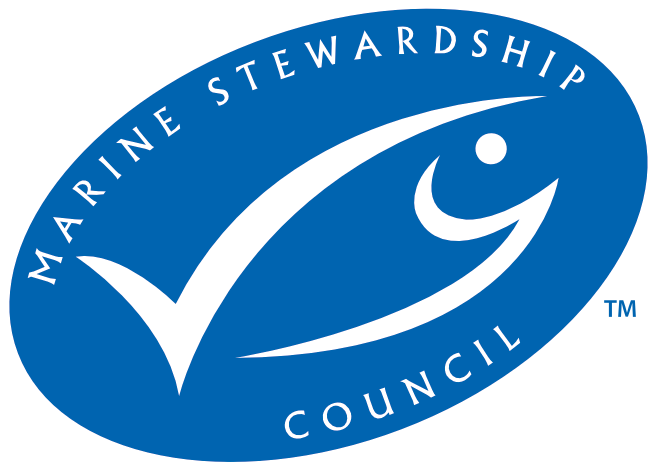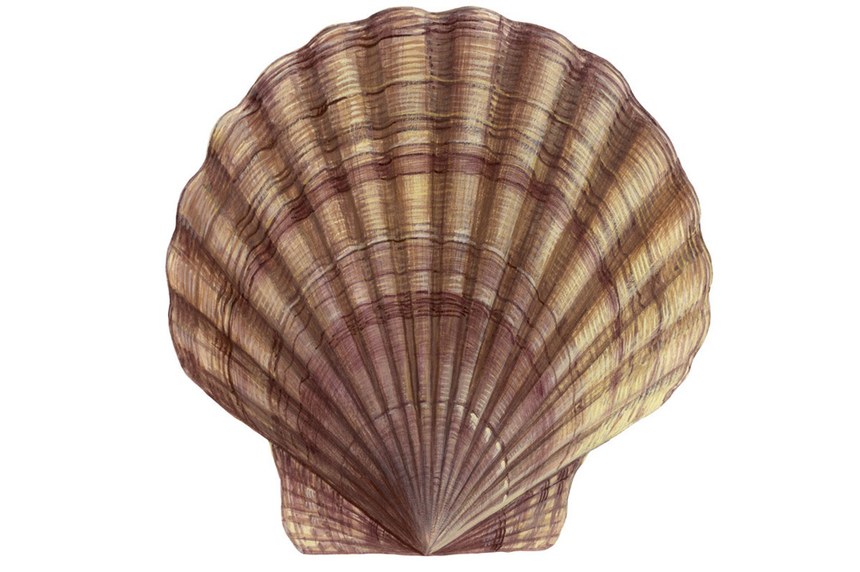
- Certifier :
- LRQA (Seafood) Limited
- Certified status :
- Certified
- Certified since :
- 13 May 2013
- Certificate expires :
- 11 Nov 2028
Overview
Fisheries are composed of one or more parts, each of which is entitled to receive an MSC certificate. These parts or “units” are defined by their target stock(s), fishing gear type(s) and if relevant vessel type(s), and the fishing fleets or groups of vessels.
When the term “Unit of Certification” is used for fishing units that are in assessment, it refers to the “Unit of Assessment” or “Unit of potential certification”. Expand a status below to view the parts that form this fishery. To check the detailed scope, download the latest certificate or open the Assessments page to get the latest report. Find out more by visiting our page on Fisheries
Catch by Species
| Species | Reported Catch Year | Metric Tonnes |
|---|---|---|
| Yesso scallop (Mizuhopecten yessoensis) | 2023 | 404,669 |
Information is provided by an independent Conformity Assessment Body as live weight (the weight of species at the time of catch, before processing) and where a fishing season covers multiple years, the end year is given as the reported catch year. Additional information is available in the latest report, see the assessments page.
About this Fishery
The Japanese scallop (Mizuhopecten yessoensis, also known as Patinopecten yessoensis) is a cold-water bivalve mollusc. It is naturally distributed in coastal, sub-Arctic areas of the eastern Pacific including the Japan Sea and southern Sea of Okhotsk, around Sakhalin Island, Hokkaido, and northern Honshu.
Japanese scallops are sessile (immobile) and live in shallow depressions dug into sandy, sandy-gravel and gravelly seabeds. They feed on phytoplankton and on detritus collected from the seabed.
Japanese scallop grow relatively fast, reaching 2-5cm shell height in one year, increasing to 5-9cm and 16-80g by year two, 8-12cm and 60-170g by year 3, and 10-15cm and 110-300g by year three. Japanese scallops may reach 20cm shell height and weigh 1000g at 10 years of age.
Scallops are collected in the wild on hanging spat collectors, onto which the larvae (spats) attach themselves. They are then grown on using one of two methods:
• Hanging culture (Suika-shiki) on ropes/nets suspended in the water is undertaken in the Japan Sea and Funka Bay.
• Seabed ranching (Keta-Ami), cultivated on the seabed and collecting by dredging, takes place in the Sea of Okhotsk and Nemuro Straits.
Japanese scallop (Patinopecten (Mizuhopecten) yessoensis) image © Scandinavian Fishing Year Book
Market Information
Japanese domestic market (processors, traders and retailers).
